Tsunamis are one of nature’s most devastating forces, capable of wiping out entire coastal communities in a matter of minutes. These massive waves are usually triggered by seismic activities like earthquakes and underwater volcanic eruptions. They travel at terrifying speeds across the ocean, sometimes even faster than a jet airplane, before unleashing their destructive power on land. Over the centuries, many regions across the globe have witnessed the catastrophic impact of tsunamis. Here’s a look at ten of the deadliest tsunamis in history and what caused them.
1. The 2004 Indian Ocean Tsunami: A Tragic Christmas
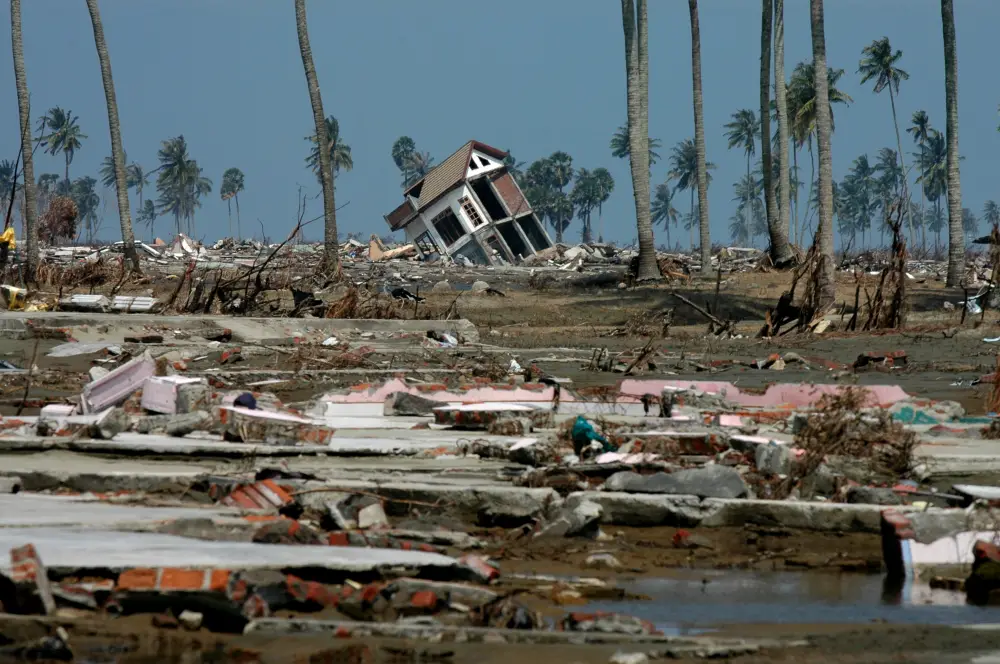
The 2004 Indian Ocean tsunami is one of the most catastrophic natural disasters in modern history. Occurring on December 26, this tsunami was triggered by a massive undersea earthquake off the coast of Sumatra, Indonesia. The earthquake, which had a magnitude of 9.1 to 9.3, was one of the largest ever recorded. According to the US Geological Survey, it generated a series of massive waves that struck 14 countries around the Indian Ocean, killing over 230,000 people. The sheer scale of the devastation was unimaginable, with entire coastal communities being wiped off the map. In addition to the tragic loss of life, millions more were left homeless and in need of urgent assistance.
The tsunami’s impact was felt as far away as the east coast of Africa, highlighting the far-reaching nature of these deadly waves. Relief efforts from around the world poured into the affected regions, providing much-needed aid and support. The tragedy also spurred significant advancements in tsunami detection and early warning systems to help mitigate future disasters. The world came together in the wake of this catastrophe, showcasing both the destructive power of nature and the resilience of the human spirit.
2. The Great Chilean Tsunami of 1960: Nature’s Fury Unleashed
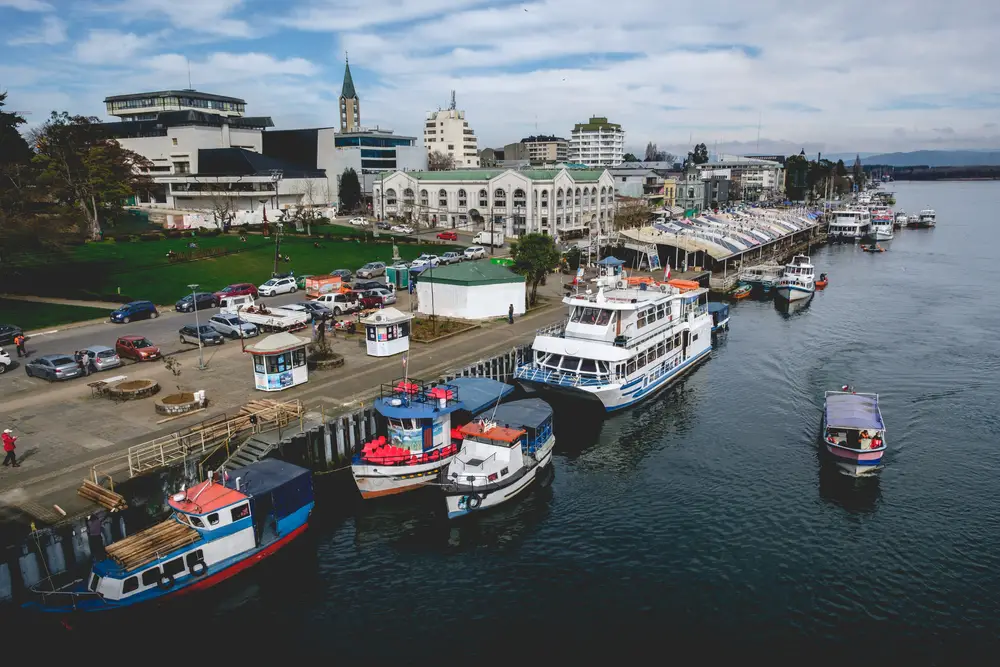
The Great Chilean Tsunami of 1960 was a result of the most powerful earthquake ever recorded in human history. On May 22, a 9.5 magnitude earthquake rocked the city of Valdivia, Chile, and the resulting tsunami sent waves racing across the Pacific Ocean. This disaster took lives in Chile and caused destruction as far away as Hawaii, Japan, and the Philippines. The tsunami waves, reaching heights of up to 25 meters, flattened coastal cities and left a trail of destruction in their wake, ultimately claiming thousands of lives. The immediate aftermath saw widespread chaos and a desperate need for international aid.
The tsunami highlighted the interconnectedness of the Pacific Ocean nations, as the waves traveled thousands of miles to impact distant shores. According to the Pacific Tsunami Warning Center, this tragedy led to the establishment of more sophisticated tsunami warning systems in the Pacific Ocean. Today, countries like Japan and the United States continue to benefit from these systems, which help provide crucial time to evacuate vulnerable areas. The lessons learned from this catastrophe underscore the importance of international cooperation in disaster preparedness.
3. The 2011 TÅhoku Tsunami: A Modern-Day Tragedy
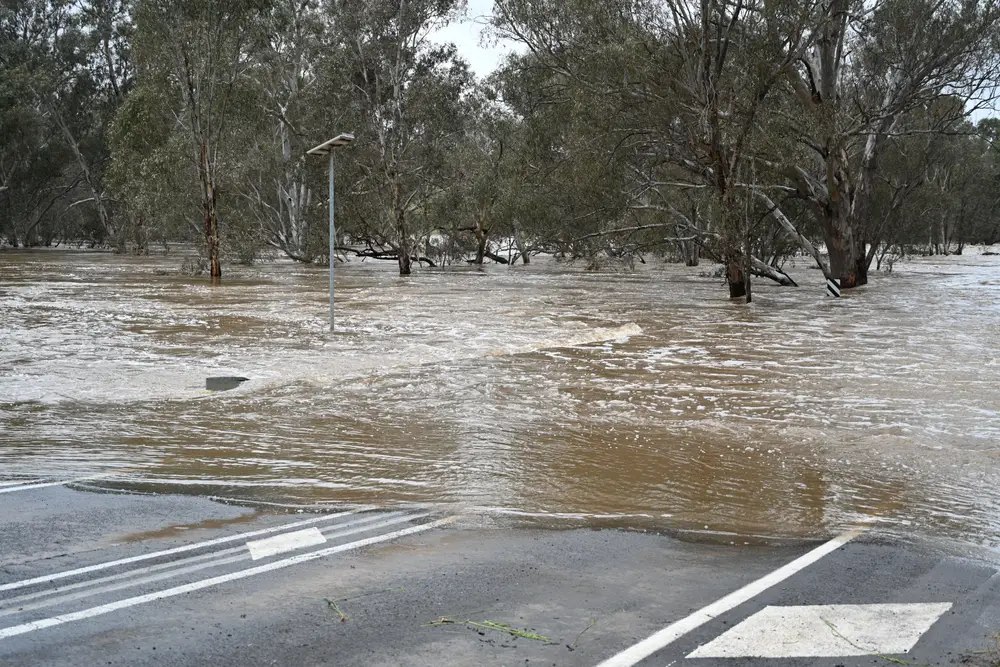
The 2011 TÅhoku tsunami, also known as the Great East Japan Earthquake, was a devastating event that changed the lives of millions. Triggered by a 9.0 magnitude earthquake off the northeastern coast of Japan on March 11, the tsunami unleashed waves over 40 meters high. This disaster claimed the lives of over 15,000 people, with thousands more missing and presumed dead. According to National Geographic, the tsunami also caused a nuclear disaster at the Fukushima Daiichi Nuclear Power Plant, leading to serious long-term environmental and health concerns.
The Japanese government and people demonstrated incredible resilience in the face of catastrophe, rapidly mobilizing to restore infrastructure and support affected communities. The disaster also highlighted the importance of Japan’s stringent building codes and tsunami defenses, which, despite the immense loss, prevented an even greater tragedy. The international community rallied to assist Japan, highlighting the global impact and shared responsibility in the face of natural disasters. The TÅhoku tsunami remains a somber reminder of the immense power of nature and the ongoing need for preparedness and innovation in disaster management.
4. The Lisbon Tsunami of 1755: A Cataclysmic Event in History
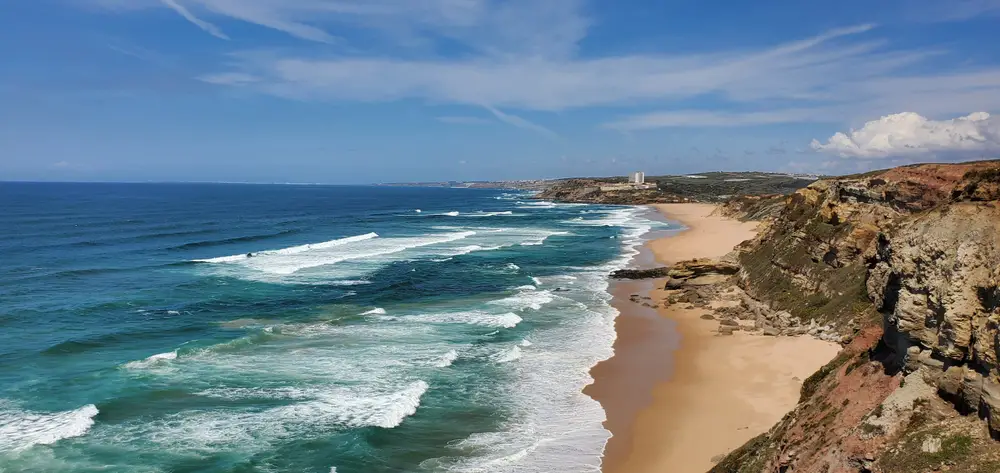
The Lisbon tsunami of 1755 was part of a disastrous trifecta that included an earthquake and subsequent fires, marking one of the deadliest events in European history. On the morning of November 1, All Saints’ Day, a massive earthquake struck off the coast of Portugal, causing widespread terror and destruction. The earthquake was followed by a tsunami that ravaged the Portuguese capital, Lisbon, with waves reportedly reaching heights of 20 meters. Coastal towns and villages were obliterated, with an estimated 60,000 people losing their lives due to the combined disasters.
The impact of the tsunami reached as far as the Caribbean, highlighting the far-reaching consequences of such events. This tragedy prompted significant philosophical and scientific discussions about the nature of natural disasters and their place in human affairs. It also led to advancements in seismology and urban planning, with Lisbon undergoing major reconstruction to prevent future catastrophes. The 1755 Lisbon tsunami remains a poignant reminder of the vulnerability of coastal cities and the importance of preparedness in the face of nature’s unpredictable wrath.
5. The Krakatoa Eruption and Tsunami of 1883: A Volcanic Catastrophe
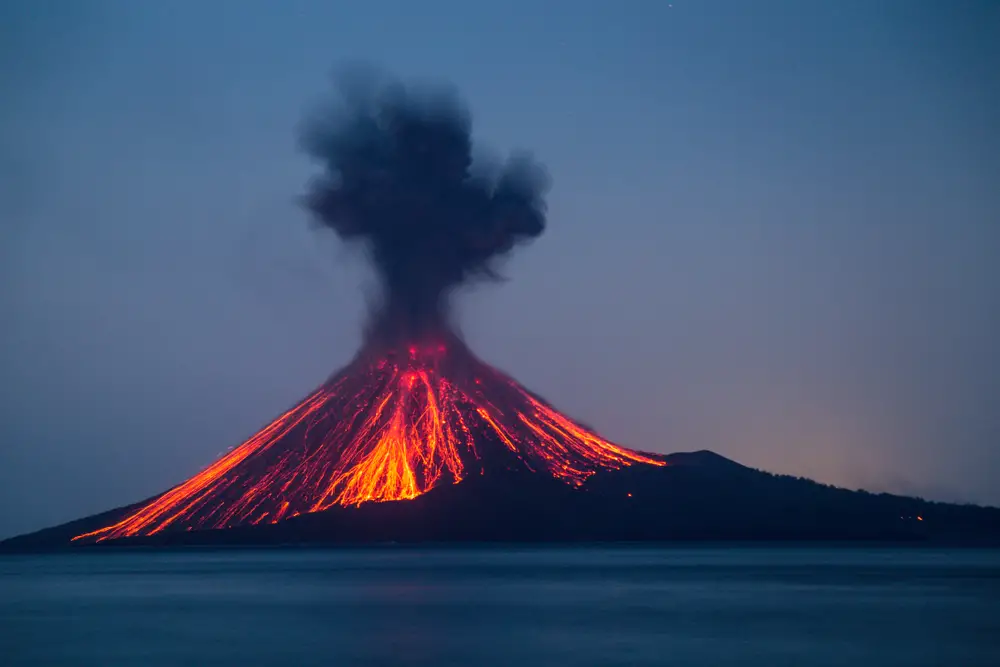
The 1883 eruption of Krakatoa, a volcanic island in Indonesia, was a cataclysmic event that led to a devastating tsunami and widespread loss of life. The eruption began on August 26 and culminated the following day with a series of massive explosions that were heard as far away as Australia. The force of the explosion caused the island to collapse, triggering a massive tsunami that swept across the Sunda Strait. Waves reaching heights of 40 meters devastated coastal communities, resulting in the deaths of over 36,000 people.
The aftermath of the tsunami was felt worldwide, with atmospheric effects altering weather patterns and producing vivid sunsets across the globe for months. The Krakatoa eruption and tsunami were significant events in the history of volcanology, contributing to the understanding of the link between volcanic activity and tsunamis. This disaster prompted the establishment of better observation systems for both volcanic activity and tsunamis, enhancing global preparedness for similar events. The 1883 Krakatoa catastrophe remains a powerful reminder of the interconnectedness of Earth’s natural systems and the potential for natural events to have far-reaching global impacts.
6. The Sanriku Tsunami of 1896: Japan’s Historic Struggle
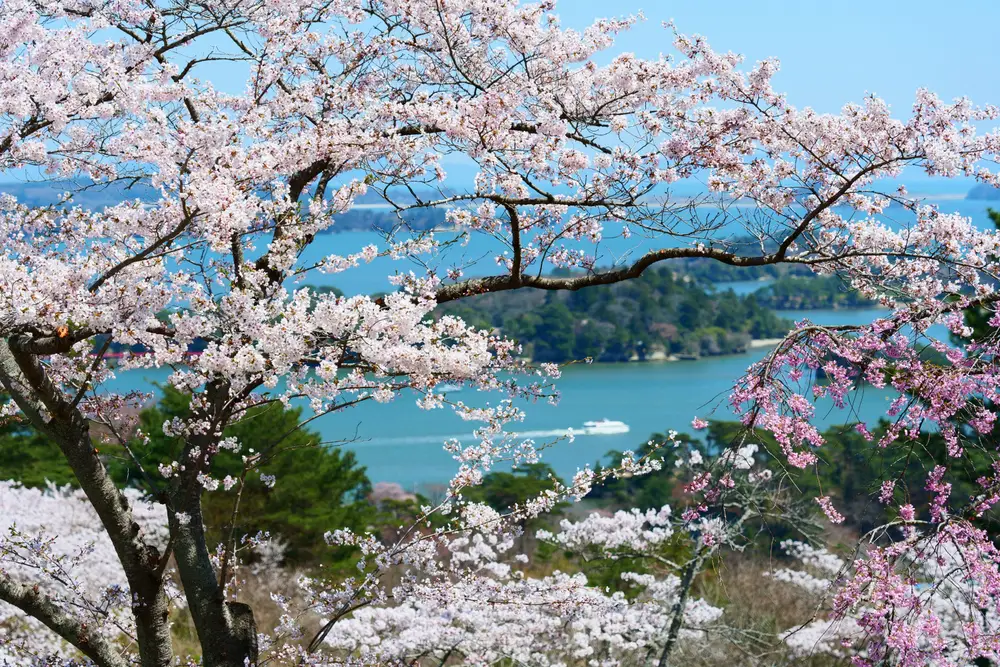
On June 15, 1896, the Sanriku region of Japan experienced one of the most devastating tsunamis in its history. Triggered by an offshore earthquake with a magnitude of 7.6, the waves reached heights of up to 38 meters, causing widespread destruction along the coast. The tsunami struck with little warning, resulting in the deaths of over 22,000 people and leaving countless others injured or without homes. Entire villages were wiped out, and the region’s fishing industry was severely impacted, leading to long-term economic challenges.
The Sanriku tsunami highlighted the vulnerability of coastal communities and the need for improved early warning systems. The disaster spurred efforts in Japan to better understand tsunamis and to implement measures to protect against future events. As a result, Japan has become a leader in tsunami research and preparedness, developing some of the most advanced warning systems in the world. The lessons learned from the Sanriku tsunami continue to inform modern disaster management strategies, underscoring the importance of preparedness and resilience in the face of natural disasters.
7. The Messina Tsunami of 1908: Italy’s Coastal Calamity

The Messina tsunami of 1908 struck the southern Italian cities of Messina and Reggio Calabria, resulting in one of the deadliest natural disasters in European history. On December 28, a powerful earthquake estimated to have a magnitude of 7.1 shook the region, followed by a tsunami that devastated the coastline. The waves, which reached heights of up to 12 meters, swept away buildings and infrastructure, leading to the deaths of an estimated 100,000 people. The twin disasters left the region in ruins, with survivors facing dire conditions in the aftermath.
The Messina tsunami underscored the need for improved building standards and disaster response strategies in earthquake-prone regions. The disaster prompted significant changes in Italian urban planning and led to advancements in seismology and the understanding of earthquake-induced tsunamis. Today, the legacy of the Messina tsunami serves as a reminder of the critical importance of preparedness and resilient infrastructure in mitigating the impact of natural disasters. Efforts to enhance early warning systems and community education continue to play a vital role in protecting vulnerable populations from similar catastrophes.
8. The Aleutian Islands Tsunami of 1946: A Wake-Up Call for the Pacific
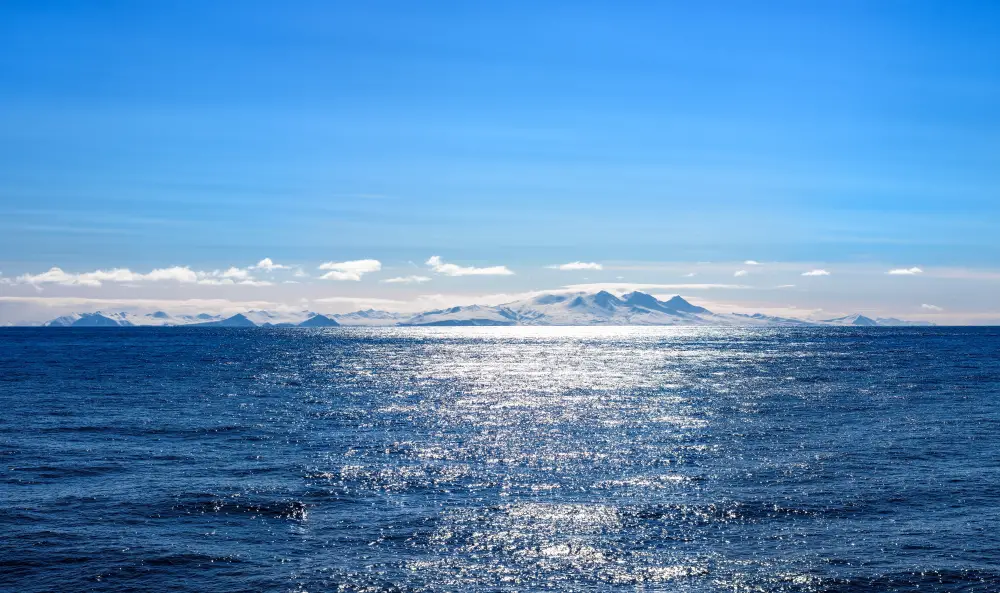
The 1946 tsunami that struck the Aleutian Islands in Alaska was a pivotal event that reshaped the understanding of tsunami risks in the Pacific Ocean. On April 1, an undersea earthquake with a magnitude of 8.6 occurred near the Aleutian Islands, generating a tsunami that traveled across the Pacific. The waves struck the Hawaiian Islands with devastating force, causing widespread damage and resulting in the deaths of 159 people. The tsunami also affected the west coast of the United States and as far as Peru, showcasing the extensive reach of such events.
The 1946 Aleutian Islands tsunami served as a catalyst for the establishment of the Pacific Tsunami Warning Center, which now plays a crucial role in monitoring and issuing alerts for tsunamis across the Pacific Ocean. The event highlighted the need for better understanding and preparedness for tsunamis, leading to advancements in tsunami research and early warning systems. Today, the lessons learned from this disaster continue to inform modern tsunami detection and response strategies, helping to protect coastal communities from future threats. The legacy of the 1946 tsunami underscores the importance of vigilance and international cooperation in mitigating the impact of natural disasters.
9. The HÅei Tsunami of 1707: A Historical Japanese Catastrophe
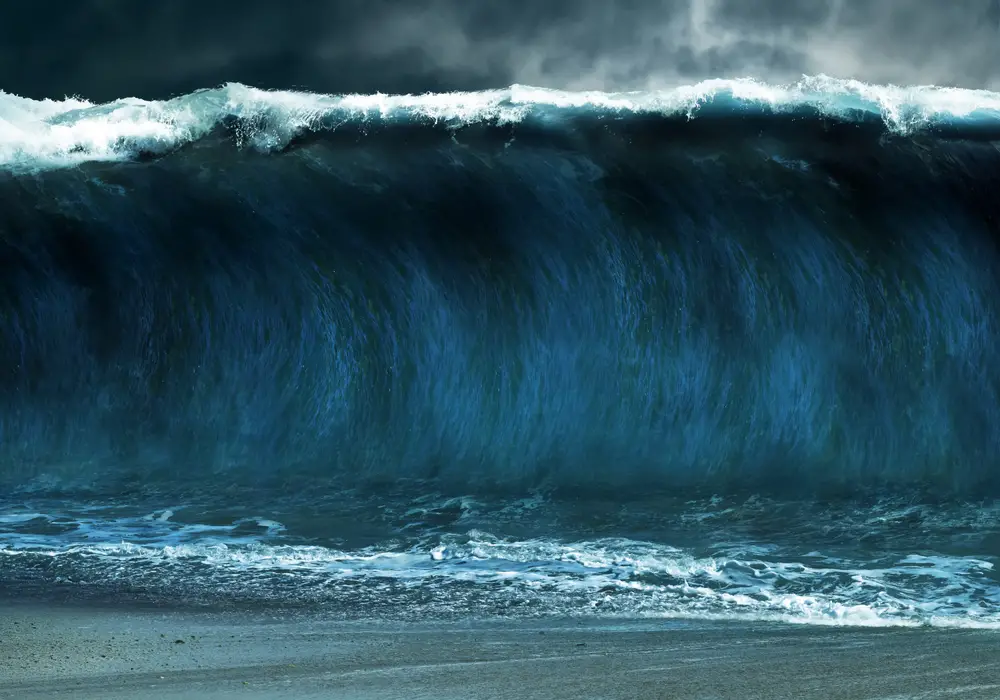
The HÅei tsunami of 1707 was triggered by one of the largest earthquakes in Japanese history, with a magnitude estimated to be around 8.6. Occurring on October 28, the earthquake struck off the coast of southwest Japan, sending a massive tsunami crashing into the coastal regions. The waves, which reached heights of up to 10 meters, caused widespread devastation, killing an estimated 30,000 people and destroying countless homes and livelihoods. The disaster also triggered the eruption of Mount Fuji 49 days later, further compounding the region’s suffering.
The HÅei tsunami underscored the vulnerability of Japan’s coastal communities and the need for better preparation and response strategies. The disaster spurred changes in building practices and the development of tsunami awareness in Japan, shaping the country’s approach to natural disaster preparedness. Today, Japan is recognized as a global leader in disaster resilience, with sophisticated early warning systems and stringent building codes. The historical legacy of the HÅei tsunami continues to influence Japan’s efforts to protect its population from the formidable forces of nature.
10. The Arica Tsunami of 1868: A Destructive Force in South America
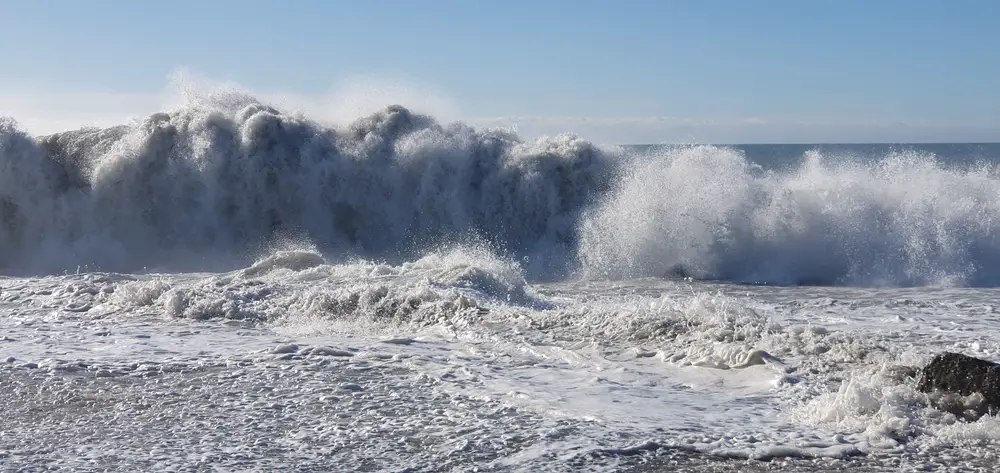
The Arica tsunami of 1868 was a devastating event that struck the coast of South America, wreaking havoc from Peru to Chile. On August 13, a powerful earthquake with a magnitude estimated at 8.5 to 9.0 occurred off the coast of Arica, triggering a massive tsunami. The waves reached heights of up to 16 meters, causing extensive damage and resulting in the deaths of thousands of people. The coastal towns and cities were left in ruins, with survivors facing significant challenges in the aftermath.
The Arica tsunami highlighted the need for improved understanding and preparedness for tsunamis in the South American region. The disaster prompted efforts to develop better warning systems and disaster response strategies to mitigate the impact of future events. Today, countries in South America continue to enhance their capabilities to monitor and respond to tsunamis, drawing on the lessons learned from past tragedies. The Arica tsunami remains a powerful reminder of the destructive force of nature and the ongoing need for vigilance and preparedness in the face of natural disasters.
